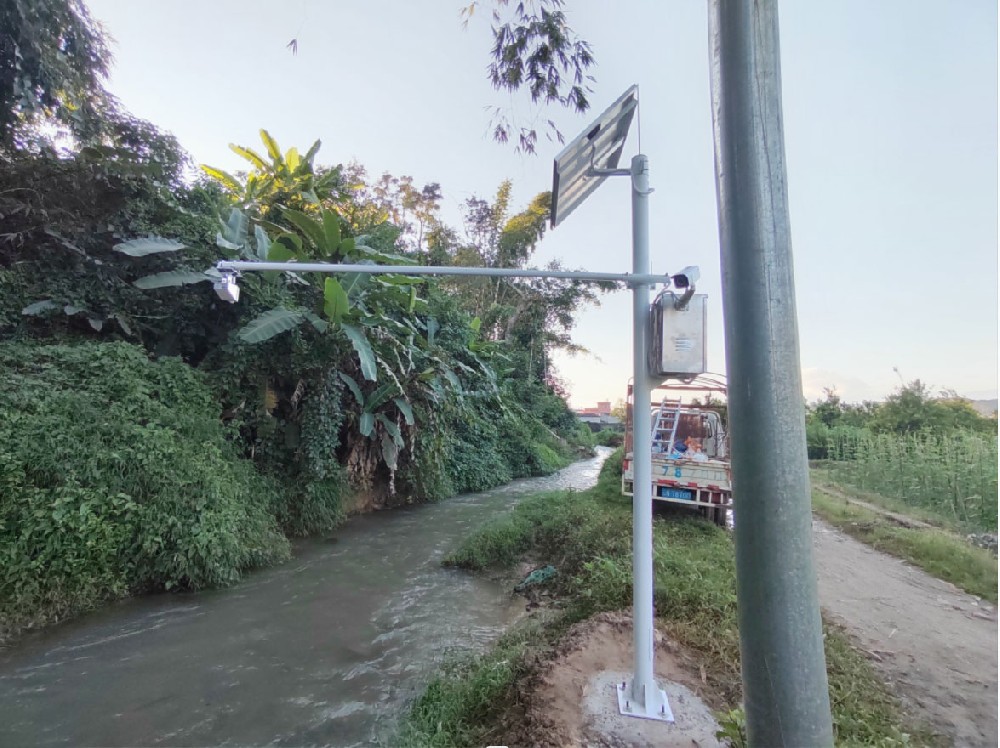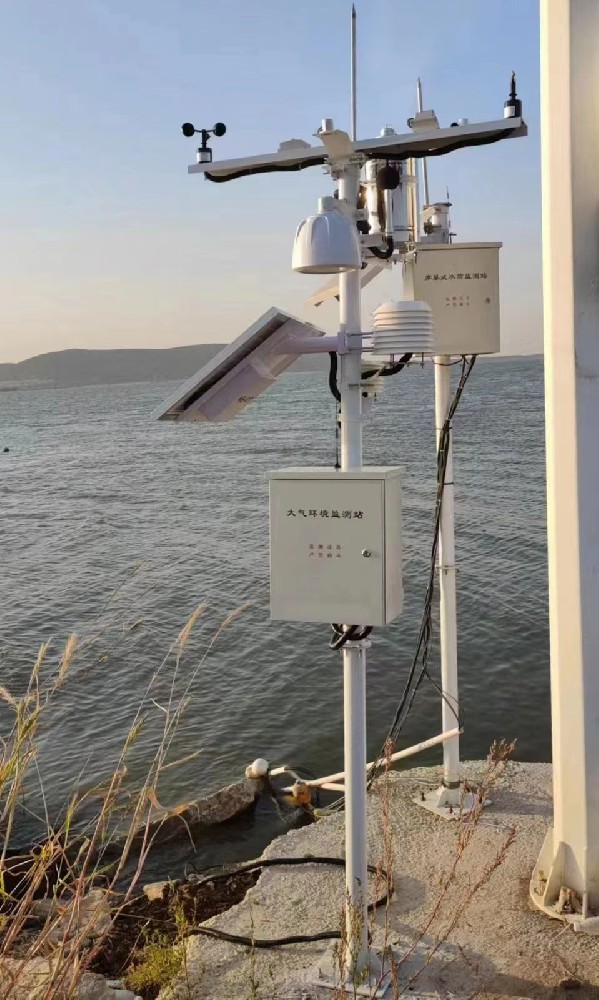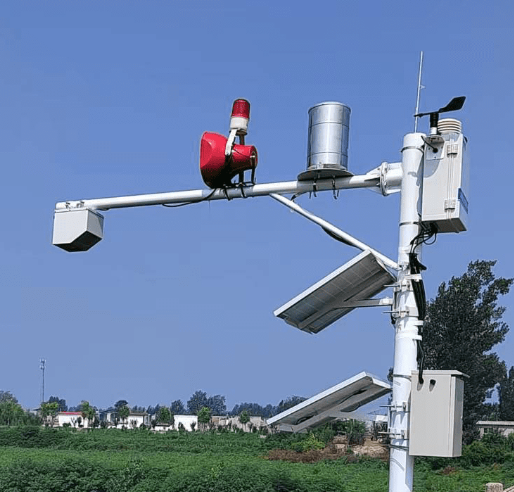

— Blogs —
—Products—
 Consumer hotline +8618073152920
Consumer hotline +8618073152920 WhatsApp:+8615367865107
Address:Room 102, District D, Houhu Industrial Park, Yuelu District, Changsha City, Hunan Province, China
Product knowledge
Time:2024-07-28 16:21:25 Popularity:2147
Hydrometeorological stations are an important part of the network of meteorological stations, which are specially designed for meteorological and hydrological observations. These stations are usually set up along the banks of rivers and lakes to provide important data support for a wide range of application scenarios by observing and accumulating hydrological and meteorological data (e.g. precipitation, evaporation, wind conditions, river water flow rate, water level, etc.).

A hydrometeorological station is a facility dedicated to the collection, monitoring and transmission of hydrological and meteorological data. It is usually located in the vicinity of rivers, lakes, reservoirs or other bodies of water, as well as in climatic regions that may affect these bodies of water. The main purposes of a hydrometeorological station are to:
1. hydrological data collection: monitoring hydrological parameters such as water level, flow, water quality, groundwater level, snowpack, glacial changes, etc.
2. meteorological data collection: measuring meteorological elements such as air temperature, humidity, wind speed, wind direction, precipitation, air pressure, solar radiation, etc.
The hydrometeorological station can monitor meteorological elements such as water level, flow rate and rainfall of rivers in real time, and transmit the monitoring data to the monitoring centre or dispatching platform. Through the analysis of these data, it can achieve accurate prediction of floods and provide accurate flood warning information, thus scientifically guiding the work of flood control and disaster reduction.
2. Water Resources Management
Real-time data on hydrological elements (including water level, flow, rainfall, etc.) obtained from hydrometeorological stations are crucial for the assessment and management of water resources. These data can help determine water reserves, judge changes in groundwater levels, and optimise farmland irrigation to achieve rational development and use of water resources.
3. Agricultural and Ecological Environmental Protection
The meteorological elements (e.g. temperature, humidity, rainfall, etc.) monitored by hydrometeorological stations are of great significance to agricultural production and ecological environmental protection. They can provide reference data on farmland irrigation, plant growth, etc. They also help to protect the ecological environment of rivers and manage the water quality of reservoirs.
4.Natural disaster monitoring and prediction
Through real-time monitoring of hydrometeorological elements, hydrometeorological stations can provide important data support for the monitoring and prediction of natural disasters (e.g., extraordinarily heavy rainfall, storm surge, etc.). These data help to warn and alert the relevant departments and the public in advance to reduce the losses caused by disasters.
5. Engineering Design and Planning
The hydrological and meteorological data accumulated by hydrometeorological stations are of great value in the planning and design of drought and flood prevention, embankment construction, bank stabilisation, breakwater prevention, and sewage discharge projects. These data provide a scientific basis for engineering design and planning to ensure the safety and effectiveness of the project.
6. Climate research and education
Data from hydrometeorological stations are also important resources for climate research and education. Researchers can use these data to study the pattern of climate change, verify climate models, etc.; at the same time, these data can also be used as educational materials to help students understand the basic knowledge of meteorology and hydrology.
7. Urban planning: provide data support for the design and optimisation of urban drainage systems and flood control facilities.
8. Traffic management: monitoring weather conditions on roads and bridges to ensure traffic safety.
9. Public education: Data and facilities of hydrometeorological stations can be used to educate the public about weather and hydrological cycle.
10. International co-operation: Participate in international hydrometeorological networks to share data and promote scientific research and management across national boundaries.

The following are some of the key features and functions of hydrometeorological stations:
Characteristics:
- Integration: Hydrometeorological stations usually integrate multiple sensors and instruments and are capable of monitoring multiple hydrological and meteorological parameters simultaneously.
- Automation: Modern hydrometeorological stations often use automated equipment that enables continuous, real-time data collection and transmission.
- Remote transmission: data can be transmitted remotely to the data processing centre by radio, satellite or network.
Function:
- Data collection: Collecting relevant data through sensors and instruments installed at the station.
- Data storage: Collected data are stored on a local or remote server for long-term analysis and research.
- Data transmission: Transmission of data to relevant meteorological and hydrological agencies in real time or at regular intervals.
- Data analysis: Analysing the collected data for weather forecasting, flood warning, water resource management, climate change studies, etc.
- Alerting system: Issuing alerts when abnormal hydrometeorological conditions are monitored, such as floods, droughts or extreme weather events.
- Weather Resistance: Hydrometeorological stations need to be designed to be able to withstand a variety of severe weather conditions, such as extreme temperatures, storms, and humidity.
- Scalability: The station design should allow for the addition of new sensors or instruments in the future to accommodate changing needs.
- Data quality control: Ensure the accuracy and reliability of the data collected and reduce errors through calibration, validation and quality control procedures.

Summary
As an important part of the meteorological station network, hydrometeorological stations provide important support in many fields, such as flood early warning, water resource management, agro-ecological environmental protection, natural disaster monitoring and prediction, as well as engineering design and planning, by monitoring and accumulating hydrological and meteorological data in real time.
Prev:PM2.5 Sensor Advantages and Disadvantages
Next:Hydrometeorological Station Observation Requirements and Items
Related recommendations
Sensors & Weather Stations Catalog
Agriculture Sensors and Weather Stations Catalog-NiuBoL.pdf
Weather Stations Catalog-NiuBoL.pdf
Related products
 Combined air temperature and relative humidity sensor
Combined air temperature and relative humidity sensor Soil Moisture Temperature sensor for irrigation
Soil Moisture Temperature sensor for irrigation Soil pH sensor RS485 soil Testing instrument soil ph meter for agriculture
Soil pH sensor RS485 soil Testing instrument soil ph meter for agriculture Wind Speed sensor Output Modbus/RS485/Analog/0-5V/4-20mA
Wind Speed sensor Output Modbus/RS485/Analog/0-5V/4-20mA Tipping bucket rain gauge for weather monitoring auto rainfall sensor RS485/Outdoor/stainless steel
Tipping bucket rain gauge for weather monitoring auto rainfall sensor RS485/Outdoor/stainless steel Pyranometer Solar Radiation Sensor 4-20mA/RS485
Pyranometer Solar Radiation Sensor 4-20mA/RS485
Screenshot, WhatsApp to identify the QR code
WhatsApp number:+8615367865107
(Click on WhatsApp to copy and add friends)
